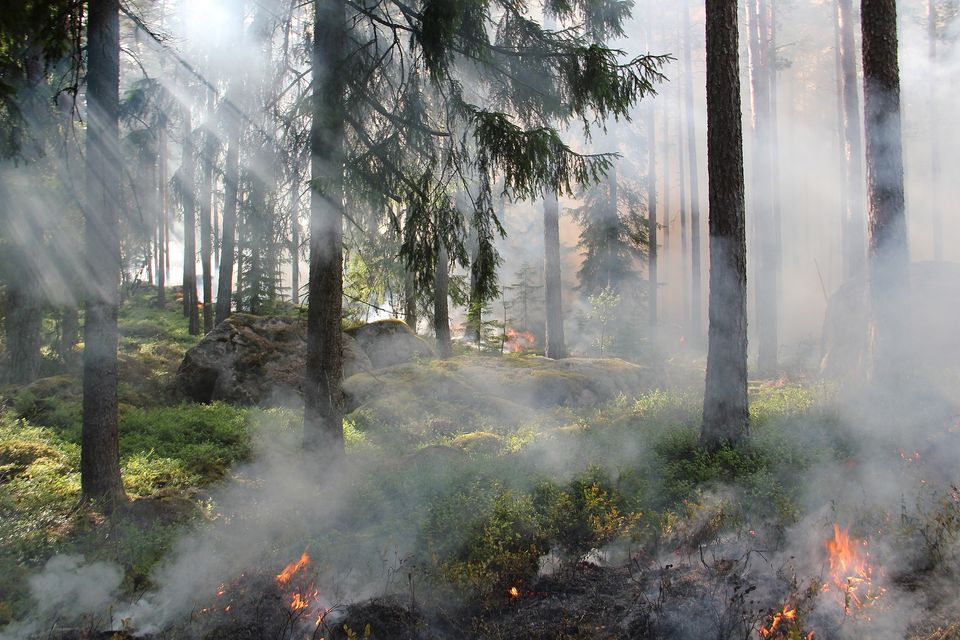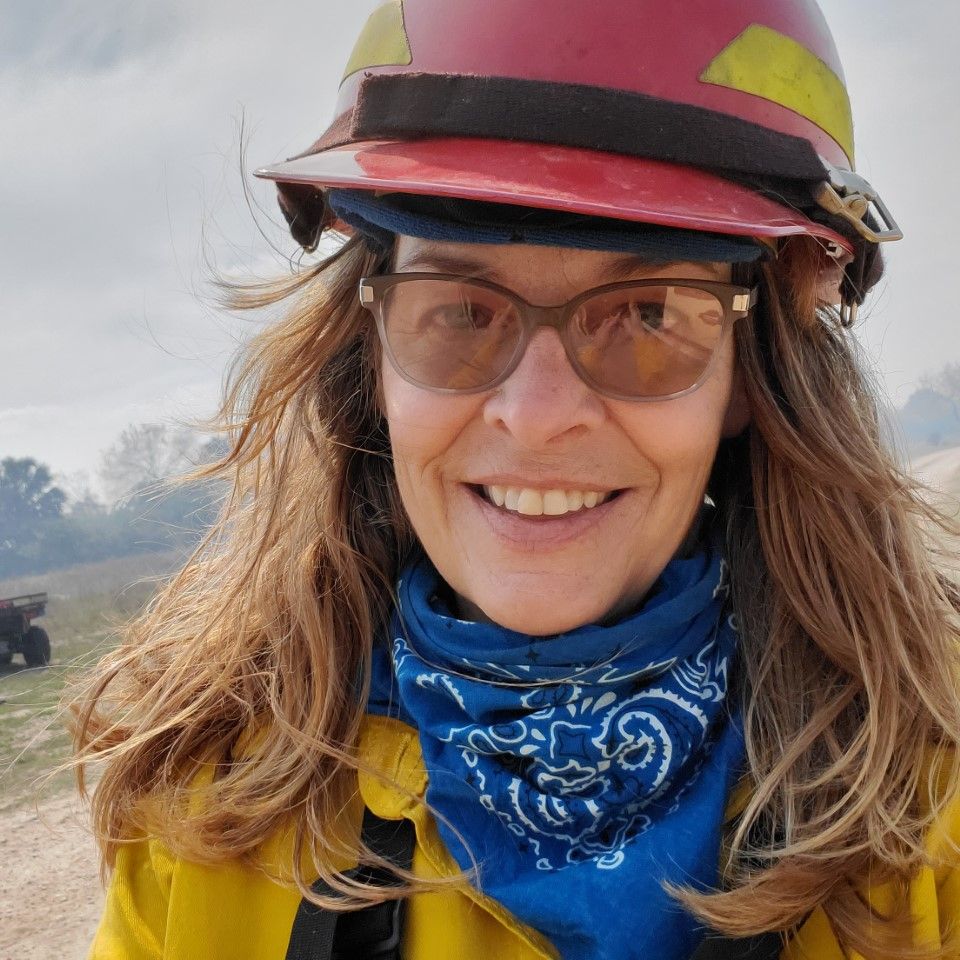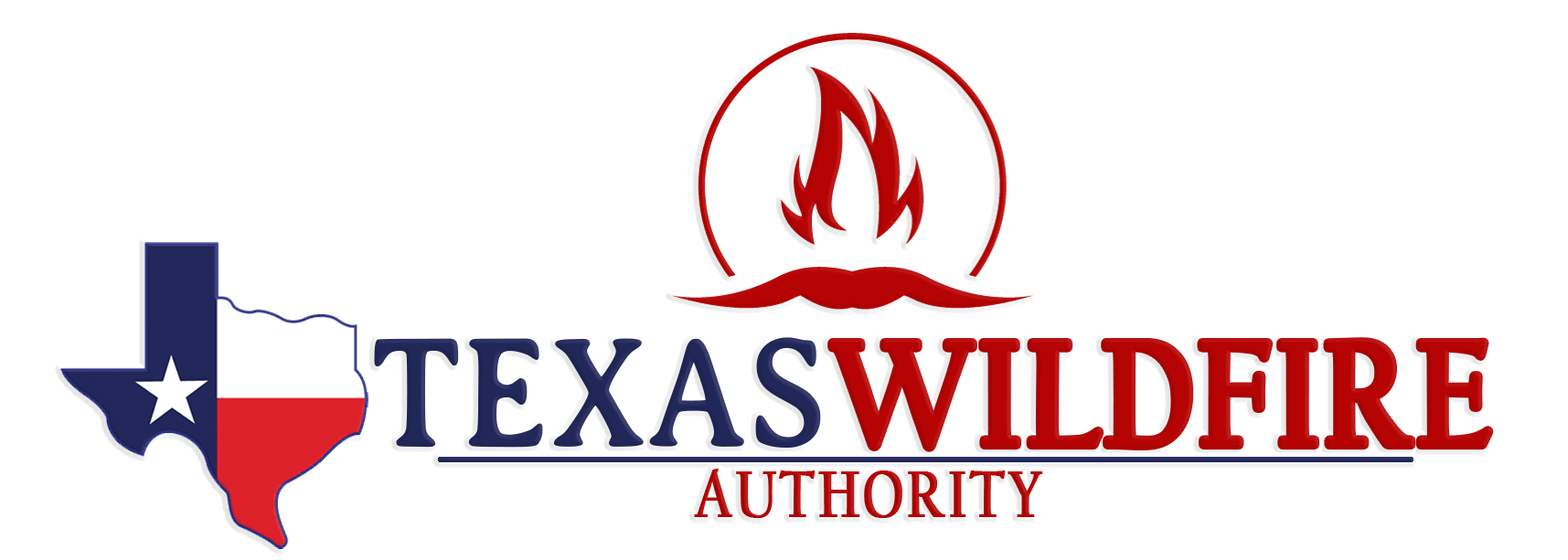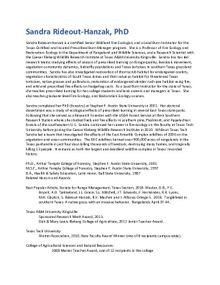


Texas Wildfire Authority
What We Do.
At Texas Wildfire Authority I understand that every wildfire is different. In over 25 years of working on wildfire cause, origin and damages I have studied some of the largest and most costly wildfires to ever occur in the state. I come by this naturally as I'm a wildland fire scientist and practitioner by training and trade. I have built my career studying wildfire, prescribed fire, forest and rangeland ecology, and wildlife habitat.
Services we offer:
-Determining cause and origin of wildfires
-Determining if negligence was a factor in escaped prescribed fires
-Assessing losses and changes to natural resources after wildfires
-Estimating economic value of forage lost in rangelands
-Estimating economic value of timber loss in forests
Services we offer:
-Determining cause and origin of wildfires
-Determining if negligence was a factor in escaped prescribed fires
-Assessing losses and changes to natural resources after wildfires
-Estimating economic value of forage lost in rangelands
-Estimating economic value of timber loss in forests

Special Skills
Certifications & Training
Association for Fire Ecology, Certified Senior Wildland Fire Ecologist, March 1, 2014.
Texas Certified and Insured Prescribed Burn Manager program:
Lead Instructor, Texas Certified and Insured Prescribed Burn Manager program, since March 2012.
Texas Prescribed Burner Certification course completed, Dec 6, 2008.
National Wildfire Coordinating Group (NWCG) certifications:
S-212 Wildfire Powersaw, 2003
S-390 Introduction to Wildland Fire Behavior Calculations, 2001
BEHAVE and Rx Windows, 2001
S-290 Intermediate Wildland Fire Behavior, 2000
S-130/190 Fire Fighter Training, and Intro to Wildland Fire Behavior (red card), 1999
Texas Certified and Insured Prescribed Burn Manager program:
Lead Instructor, Texas Certified and Insured Prescribed Burn Manager program, since March 2012.
Texas Prescribed Burner Certification course completed, Dec 6, 2008.
National Wildfire Coordinating Group (NWCG) certifications:
S-212 Wildfire Powersaw, 2003
S-390 Introduction to Wildland Fire Behavior Calculations, 2001
BEHAVE and Rx Windows, 2001
S-290 Intermediate Wildland Fire Behavior, 2000
S-130/190 Fire Fighter Training, and Intro to Wildland Fire Behavior (red card), 1999

Sandra Rideout, PhD
Sandra Rideout-Hanzak is a certified Senior Wildland Fire Ecologist, and a Lead Burn Instructor for the Texas Certified and Insured Prescribed Burn Manager program. She is a Professor of Fire Ecology and Restoration Ecology in the Department of Rangeland and Wildlife Sciences, and a Research Scientist with the Caesar Kleberg Wildlife Research Institute at Texas A&M University-Kingsville. Sandra has has led research teams studying effects of season of prescribed burning on forage quality, livestock movement, vegetation community dynamics, butterfly populations and Texas tortoises in southern Texas grassland communities. Sandra has also investigated restoration of thornscrub habitat for endangered ocelots, vegetation characteristics of South Texas lomas and their value as habitat for threatened Texas tortoises, native grasses and pollinators, restoration of endangered slender rush-pea habitat using fire, and wild and prescribed fire effects on hedgehog cacti. As a Lead Burn Instructor for the state of Texas, she teaches prescribed burning for her college students and land owners and managers in Texas. She also teaches graduate-level Fire Ecology, and Restoration Ecology courses.

Questions & Answers
Frequently Asked Questions
1. What are the key factors contributing to the increasing frequency and intensity of wildfires?
The increasing wildfires are often linked to climate change, prolonged droughts, land use change, a changing climate and a buildup of flammable vegetation.
2. How can we assess the wildfire risk for our property or community?
Wildfire risk assessments involve evaluating factors such as vegetation, topography, fuel sources, weather patterns, and historical fire data to determine the level of risk.
3. What strategies can we implement for wildfire prevention and mitigation?
Prevention measures include creating defensible spaces, reducing vegetation near structures, and adhering to local regulations. Mitigation involves prescribed fires, vegetation management, and firebreaks.
4. Can you help us with emergency response planning and evacuation procedures?
Yes, we can develop emergency plans, including evacuation routes, communication protocols, and safe assembly areas in case of a wildfire.
5. How do you tailor your approach to our specific region's unique wildfire challenges?
We conduct a thorough assessment of the local environment, climate, and risk factors to develop a customized plan that addresses the specific needs and challenges of your area.

Professional Organization Memberships
Association for Fire Ecology: Charter member since 2000
Texas Chapter of The Wildlife Society: Lifetime member since 2013
Natural Areas Association: Member 2017-2022
Society for Range Management: Member since 2006
Texas Chapter of The Wildlife Society: Lifetime member since 2013
Natural Areas Association: Member 2017-2022
Society for Range Management: Member since 2006


